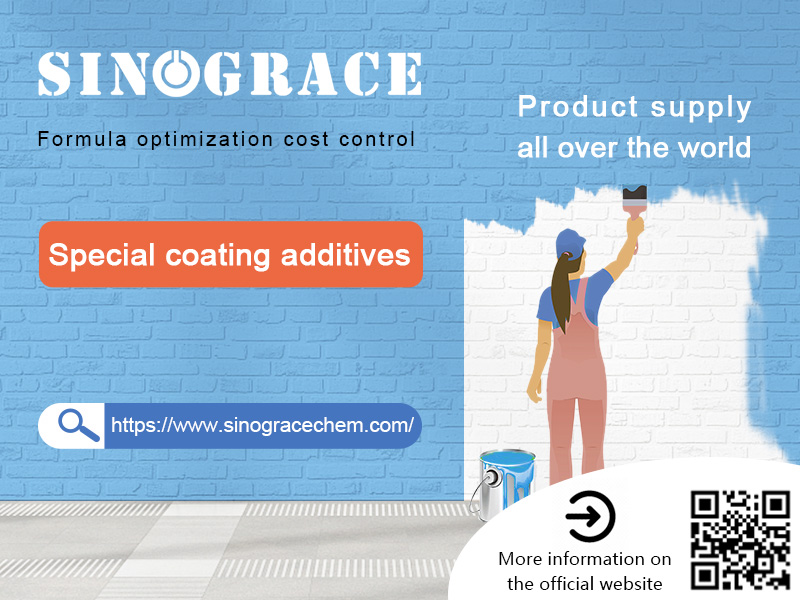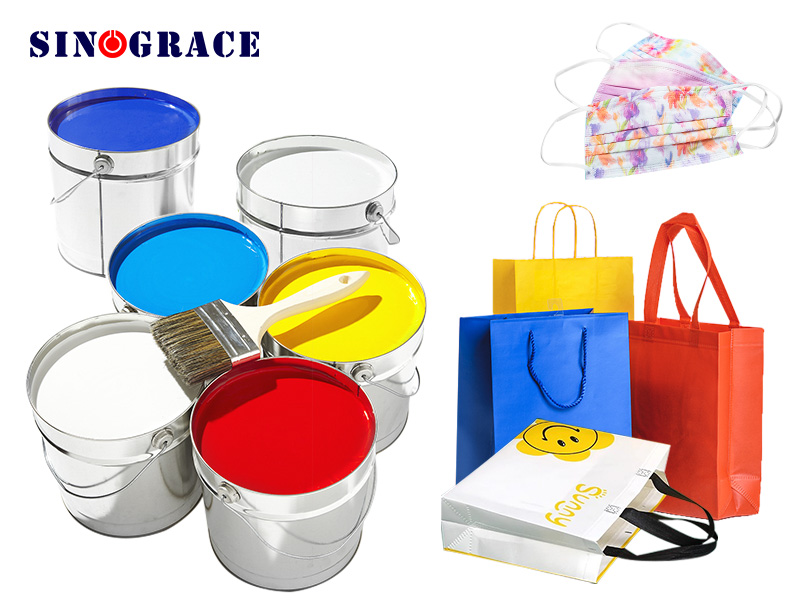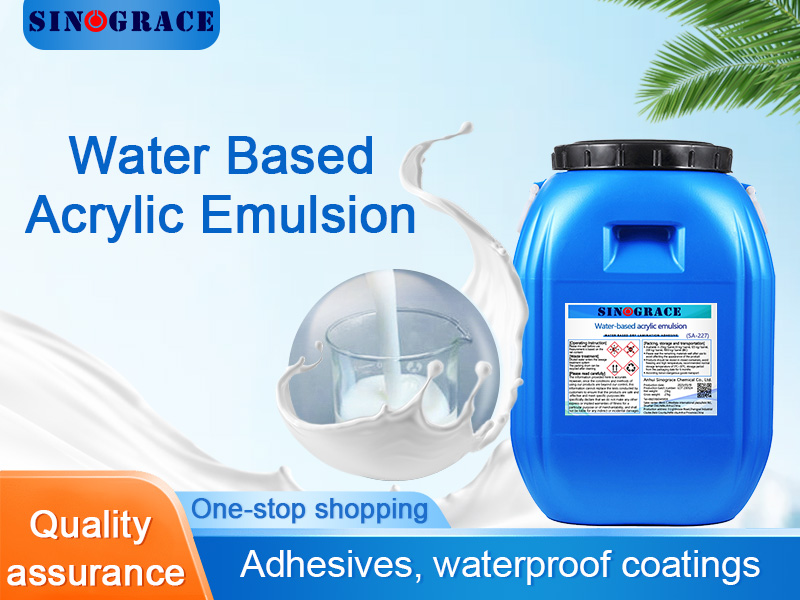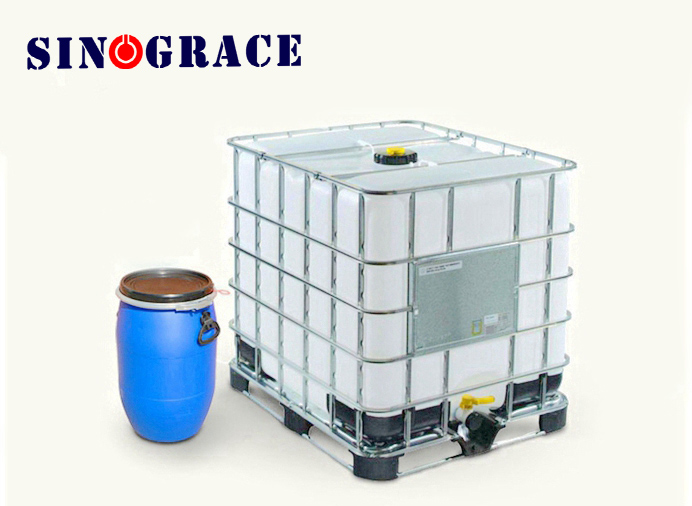Advantages and disadvantages of the same type of defoamer
Advantages and disadvantages of the same type of defoamer Organic defoamer such as mineral oils, amides, low alcohols, fatty acids, fatty acid esters and phosphate esters has been studied and applied earlier, belonging to the first generation of defoamer, which has the advantages of easy access to raw materials, high environmental performance and low production cost.The disadvantages are low defoaming efficiency, strong specificity and harsh use conditions. Polyether defoamer is the second generation of defoamer, which mainly includes straight chain polyether, polyether with alcohol or ammonia as the starting agent and polyether derivatives with end group esterification.The biggest advantage of polyether defoamer is its strong anti-foam ability. In addition, some polyether defoamer has excellent properties such as high temperature resistance, strong acid and alkali resistance.The disadvantages are that the use conditions are limited by temperature, the use field is narrow, the defoaming ability is poor, and the bubble breaking rate is low. Silicone defoamer (the third generation of defoamer) has the advantages of strong defoamer performance, rapid defoamer ability, low volatility, no toxicity to the environment, no physiological inertia, wide range of use, etc., so it has broad application prospects and huge market potential, but the foam suppression performance is poor. Polyether modified polysiloxane defoamer has the advantages of polyether defoamer and silicone defoamer at the same time, which is the development direction of defoamer.Sometimes it can also be reused according to its reverse solubility, but at present, there are fewer types of such defoamer, which is still in the research and development stage, and the production cost is high. Selection of defoamer The selection of defoamer should meet the following points: 1.Insoluble or insoluble in the foaming liquid In order to burst the foam, the defoamer should be concentrated and concentrated on the bubble film. For the case of defoaming agent, it should be concentrated and concentrated in an instant, and for the case of defoaming agent, it should always be maintained in this state. Therefore, the defoamer is supersaturated in the foaming solution, and only insoluble or insoluble is easy to achieve supersaturation. Insoluble or insoluble, it is easy to gather at the gas-liquid interface, it is easy to concentrate on the bubble film, and it can play a role at a lower concentration. For the defoamer used in water systems, the molecules of the active ingredients must be strong hydrophobic and weak hydrophilic, and the HLB value should be in the range of 1.5-3 for the best effect. 2. The surface tension is lower than the foaming liquid Only when the intermolecular force of the defoamer is small and the surface tension is lower than that of the foaming solution, the defoamer particles can be immersed and expanded on the foam film. It is worth noting that the surface tension of the foaming solu...
read more

 English
English français
français русский
русский español
español العربية
العربية








